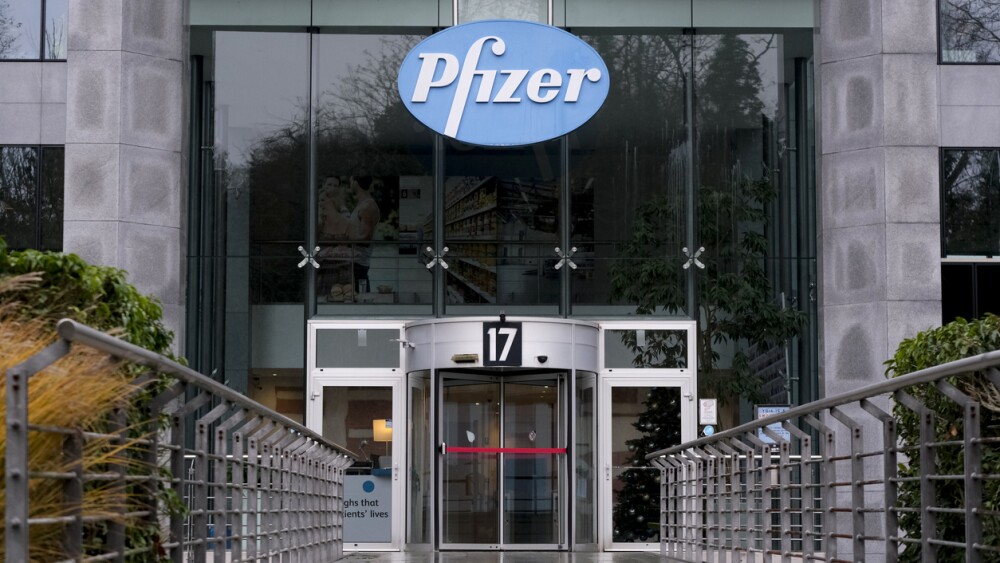In Phase III studies, Tonmya showed significantly superior analgesic effects in patients with fibromyalgia versus placebo. The sublingual pill also led to better clinical outcomes.
After more than a decade of waiting for a new therapy, patients with fibromyalgia will now have access to an oral pill in the form of Tonix Pharmaceuticals’ Tonmya, which the FDA signed off on this past Friday.
Given sublingually—under the tongue—before sleep, Tonmya is a non-opioid analgesic designed to be quickly absorbed into the bloodstream. The New Jersey biotech expects to launch Tonmya in the U.S. in the fourth quarter of this year, addressing a market of approximately 10 million patients, according to its Friday release. Common fibromyalgia symptoms include chronic widespread pain and poor sleep.
Two double-blinded, randomized and placebo-controlled Phase III studies supported Tonmya’s approval, providing evidence of efficacy across nearly 1,000 patients. A readout in April showed that the pill significantly lowered pain and improved clinical outcomes in patients with fibromyalgia versus placebo.
Common side-effects, established from three late-stage studies, included mouth numbness, oral discomfort, drowsiness, fatigue, mouth pain and canker sores.
Tonmya’s approval is a “landmark advancement” for patients with fibromyalgia, Tonix CEO Seth Lederman said in a prepared statement on Friday, noting that these patients often suffer from the “debilitating pain” that comes with the disease. “We are hopeful that effectively treating pain with Tonmya could help improve the lives of people with this chronic condition.”
Tonix’s regulatory win for Tonmya comes as a pain powerhouse stumbles. Earlier this month, Vertex Pharmaceuticals announced that its next-generation pain medicine VX-993, an investigational NaV1.8 blocker, was unable to significantly ease pain after bunionectomy—a surgical procedure involving the big toe. The failure pushed Vertex to abandon its acute pain program for VX-993.
Vertex’s Journavx, also an ion channel blocker, in January became the first acute new pain medicine in more than 20 years—and opened up a new non-opioid analgesic pathway for moderate to severe acute pain. Journavx has already emerged as one of Vertex’s top-performing assets. In the second quarter, it brought in $12 million, which, while a relatively small contribution to the company’s $2.96-billion topline, represents a 79% beat to the analyst consensus.






